Retirement is one of life’s most significant milestones. Not surprisingly, it’s both an exciting and worrisome prospect for many Americans nearing those Golden Years. According to a 2016 Gallup poll, 64% of Americans are worried about not having enough for retirement, 51% worry they won’t be able to maintain the standard of living they enjoy, and 60% are concerned they won’t be able to pay the medical costs of a severe illness or accident. One of the best ways to alleviate uncertainty is planning ahead.
What Will I Do with My Time and With Whom Will I Spend it?
Just as you would plan for the financial elements of your retirement, it’s equally important to plan how you will live out your retirement years. One of the biggest decisions you will make when you retire is where you will live. For example, maybe you want to live near your children part of the year and vacation a portion of the year somewhere else. Or perhaps you can’t imagine leaving the home you’ve spent years building and improving. Your housing will affect your finances, spending, and daily activities.
Next, address how you will spend your time. No one entirely escapes a daily schedule. Your daily retirement schedule doesn’t have to confine you, but it will help you fill your day and plan ahead. Start by establishing a balance of short, medium, and long-term goals. Short-term goals could include cleaning up the house, going to the gym, planting a vegetable garden, taking a vacation, or visiting family. Medium-term goals may be redesigning your yard, remodeling your home, taking a class, or planning for an extended vacation abroad. Long-term goals could be learning a foreign language, mastering a musical instrument, obtaining a new degree or certificate, writing a book, or building a vacation home. Whichever goals you define, the idea is to identify an extensive list of options so you can stay busy, maintain some control of your daily schedule, and have different activities to which you can look forward. Additionally, consider with whom you will be spending your time and enjoying these activities. If you and your spouse are not used to spending a lot of time together, know that there may be an adjustment period as this newly found together time can create tension in your relationship that hasn’t existed in the past.
How Much Will I Need in Retirement?
While it will differ for everyone, research from Fidelity shows that most people need to replace between 55% and 80% of their pre-retirement, pre-tax income after they stop working, to maintain their current lifestyle. After working hard throughout your career to save for retirement, now comes the critical decision of determining how much you can safely withdraw to replace your income while still having enough to last through your retirement. When taking withdrawals from your portfolio during retirement to pay for expenses, there is a risk that the rate of withdrawals will deplete the portfolio before you reach the end of retirement. Since you may know that stocks have historically earned an average of 8% a year, you may erroneously assume that you can afford to withdraw 8% of the initial portfolio value each year, plus a little more for inflation. However, 8% is an average, and while in some years, the numbers may be higher, in others, they will also be lower – and in some years, much lower. To protect yourself from the uncertainty of the market, you may want to consider limiting your withdrawals to 3 or 4% initially.
Ultimately, choosing a withdrawal rate means weighing your desire for increased spending in relation to your willingness to reduce spending. This relies partly on your attitude towards spending, and partly on your risk capacity. If you have Social Security and a substantial pension that is payable for life, then you have more capacity for risk in taking withdrawals from your portfolio. If not, you may need to reexamine your goals and expense categories to make sure they line up with the funds you have available.
Which Retirement Fears Could Prevent Me From Retiring?
A Retirement can be both exciting and terrifying for some people, as it’s such a significant transition in one’s life. As you plan for your retirement, it’s important to consider any fears you have that may prevent you from retiring. Through working with my clients, I’ve found there are a few common fears. First, some who have spent so many years dedicated to their career may fear they’ll lose their identity. Often, lawyers, doctors, teachers and other professionals may wonder what their purpose is if they’re no longer serving others. This is where it’s essential to return to the first question here and identify how you can find meaning in your new schedule. Second, many worry they could run out of money. While it’s impossible to predict the exact amount of money you will need, a financial plan can provide a roadmap that gives you probabilities of how long your money can last. Working with an advisor to review different scenarios may offer you more confidence. Lastly, another common fear is high taxes. While there’s no avoiding Uncle Sam, there are legal ways to mitigate your tax burden and make the most of your earnings. Consult with a tax advisor to give you an idea of how much of your withdrawals you’ll take home versus paying in taxes.
How Will I Address the Issue of Long-Term Care?
While some expenses go down once you retire, others can increase, such as healthcare costs. On average, a couple both age 65 can expect to spend between $157,000 and $392,000 on healthcare costs alone throughout their retirement years — a 29% increase over the past 10 years. This estimate assumes enrollment in Medicare health coverage but doesn’t include the potential added expenses of a nursing home or long-term care that a retiree may require. Long-term care insurance covers the cost of services that include a variety of tasks you may need help with as you age. For the past 20 years that long-term care insurance has been available, cost was the most significant hurdle for most people. Today’s long-term care policies offer more flexibility and benefits than in the past, and there are now more options and affordable choices that are designed to fit almost any budget. The most well-known option is a standard long-term care insurance policy, where you pay a premium in exchange for the ability to receive benefits if you need them. This is a “use it or lose it” policy, so won’t receive any benefits or money back if you don’t end up needing longterm care. If you don’t like the idea of a “use it or lose it” policy, you may consider a hybrid product, such as buying a life insurance policy with a long-term care rider. With this type of policy, you invest in a standard cash value life insurance policy and select your long-term care coverage terms in the rider. If you end up requiring long-term care, there are available funds. If you don’t need long-term care or if you don’t spend the total benefits available, your beneficiaries receive a death benefit payout upon your death.
Next Steps
Taking the first steps for retirement planning can be overwhelming, but you don’t have to face it alone. An advisor can help you create a personalized retirement roadmap, work, through various retirement scenarios, and help you identify what you will do during retirement to make the transition less stressful. As an advisor who works closely with many couples and families, I want to help you address your retirement questions and feel confident about your future. Take the first step by reaching out to me for a complimentary consultation by calling (949) 221-8105 x 2128 or emailing michael.loo@trilogyfs.com.

